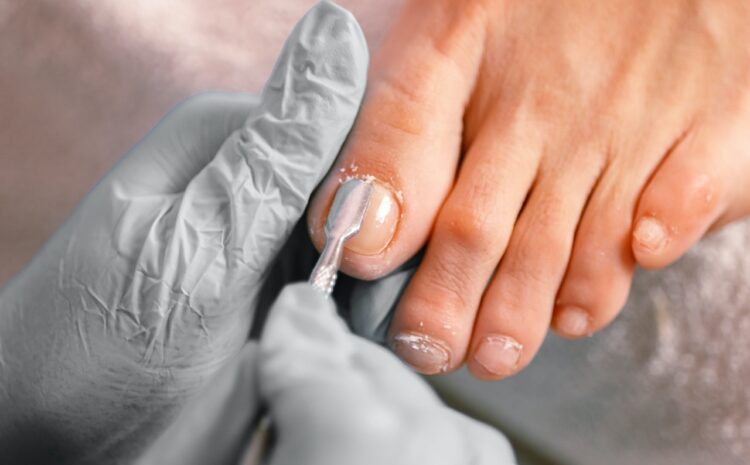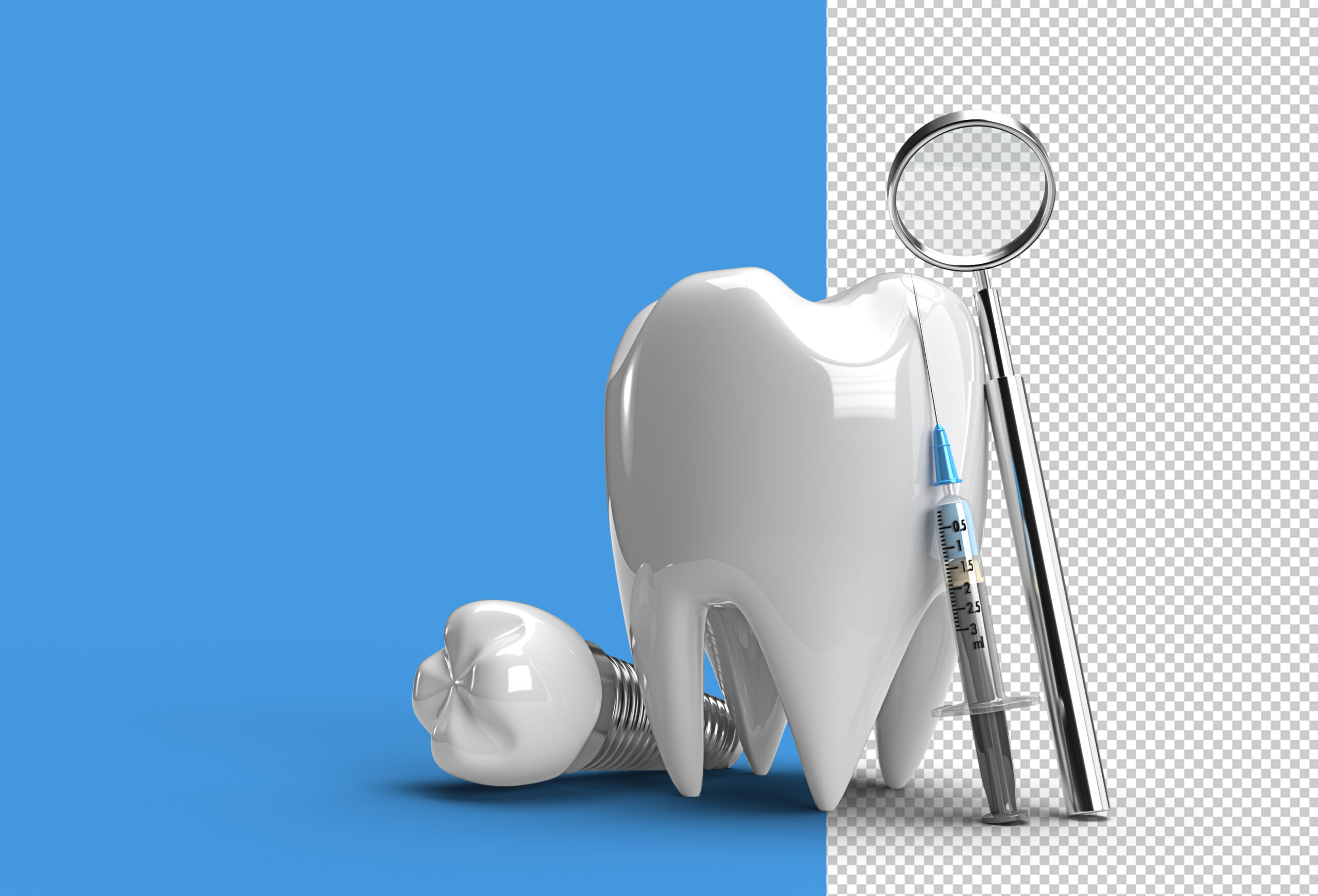Table of Contents
Onychomycosis, a prevalent disease better known as toenail fungus, is a widespread concern affecting large global populations. It can cause discomfort, embarrassment, and affect the overall health and appearance of your nails. Understanding the causes, recognizing the symptoms, and exploring effective treatment options are essential for effectively managing toenail fungus. In this comprehensive blog post, we will delve into the causes behind toenail fungus, discuss common symptoms to watch out for, and explore a range of effective treatment options available. By gaining insight into these aspects, you will be better equipped to identify and address toenail fungus promptly, leading to healthier and more beautiful nails.

Causes of Toenail Fungus
Toenail fungus, medically known as onychomycosis, is primarily caused by fungal organisms called dermatophytes. However, other types of fungi, such as yeasts and molds, can also contribute to this condition. Understanding the underlying causes of toenail fungus is crucial for prevention, effective treatment, and reducing the risk of recurrence.
Fungal Infections: The most common cause of toenail fungus is exposure to fungal infections. These fungi thrive in warm, moist environments such as public swimming pools, gyms, and communal shower areas. Walking barefoot in these areas or sharing contaminated items like towels or nail clippers can lead to fungal transmission.
Weakened Immune System: A weakened immune system due to factors such as certain medical conditions, medications, or immunosuppressive treatments can increase the susceptibility to toenail fungus. When the immune system is compromised, it becomes less effective at fighting off fungal infections.
Poor Foot Hygiene: Neglecting foot hygiene can create an environment conducive to fungal growth. Failing to keep the feet clean, dry, and properly cared for can contribute to the development of toenail fungus.
Trauma or Injury: Injuries to the toenail or surrounding area can create openings through which fungi can enter and cause an infection. Common sources of trauma include stubbing the toe, repetitive pressure from ill-fitting footwear, or engaging in activities that involve repeated impact on the toes.
Nail Bed Abnormalities: Certain structural or anatomical abnormalities of the nail bed can make individuals more susceptible to toenail fungus. For example, nails that are excessively thick, have cracks, or have deformities may provide opportunities for fungi to invade and establish an infection.
Genetics: Some individuals may have a genetic predisposition to developing toenail fungus. Genetic factors can influence the susceptibility of the nails and surrounding skin to fungal infections.
Understanding the causes of toenail fungus helps in taking preventive measures to reduce the risk of infection. By practicing good foot hygiene, avoiding exposure to contaminated environments, wearing breathable shoes and moisture-wicking socks, and promptly treating any nail or foot injuries, individuals can minimize the likelihood of developing toenail fungus. Additionally, maintaining a healthy immune system through a balanced diet, regular exercise, and managing underlying health conditions can also contribute to preventing toenail fungus.
Common Symptoms of Toenail Fungus
Toenail fungus, also known as onychomycosis, can manifest with a variety of symptoms. Recognizing these symptoms is crucial for early detection and prompt treatment. Here are the common signs and symptoms associated with toenail fungus:
Discoloration: One of the earliest signs of toenail fungus is a change in the color of the affected nail. The nail may appear yellowish, brownish, or have white spots. In some cases, the nail may become dark or blackened.
Thickened Nails: Fungal infections can cause the nails to thicken and become noticeably thicker than the surrounding healthy nails. The affected nail may lose its natural shape and appear distorted.
Brittle or Crumbly Texture: Infected nails tend to become brittle and may crumble easily. They can also become rough or jagged, making it difficult to trim or maintain the nails properly.
Nail Disfigurement: As toenail fungus progresses, the infected nail may become misshapen or deformed. It can develop ridges, grooves, or irregular contours. The nail may also separate from the nail bed, a condition known as onycholysis.
Foul Odor: Fungal infections can cause an unpleasant odor to emanate from the affected nail. This odor is often described as a musty or foul smell.
Nail Discomfort or Pain: In some cases, toenail fungus can lead to mild to moderate pain or discomfort. The affected nail may be sensitive to pressure or touch. Walking or wearing shoes can exacerbate the discomfort.
Nail Lifting or Detachment: As the infection progresses, the infected nail may lift or detach from the nail bed. This separation can create a gap where debris and additional bacteria can accumulate.
It is important to note that these symptoms may vary in severity and presentation from person to person. Some individuals may experience only mild symptoms, while others may have more pronounced manifestations. Additionally, toenail fungus can affect one or multiple nails.
If you notice any of these symptoms or suspect you have toenail fungus, it is recommended to consult a healthcare professional for a proper diagnosis and appropriate treatment. Early intervention can help prevent the infection from spreading and improve the chances of successful treatment and nail recovery.
Diagnosis and Identifying Toenail Fungus
Accurate diagnosis of toenail fungus, also known as onychomycosis, is essential to initiate appropriate treatment and prevent further spread of the infection. While visual examination of the affected nail can provide initial clues, healthcare professionals employ various diagnostic methods to confirm the presence of toenail fungus. Here are some common techniques used in the diagnosis and identification of toenail fungus:
Visual Examination: During a physical examination, a healthcare professional will visually inspect the affected nail(s) and surrounding areas. They will look for characteristic signs of toenail fungus, such as discoloration, thickening, brittleness, deformity, or detachment from the nail bed. However, visual examination alone may not provide a definitive diagnosis, as other conditions can mimic the appearance of toenail fungus.
Microscopic Examination: To confirm the presence of fungal infection, a healthcare professional may collect a nail sample for microscopic examination. The collected sample is examined under a microscope to identify the specific type of fungus causing the infection. This method allows for a more accurate diagnosis and helps determine the most appropriate treatment approach.
Fungal Culture: In some cases, a healthcare professional may perform a fungal culture by obtaining a nail sample. The sample is then sent to a laboratory where it is cultured to allow the fungi to grow and be identified. Fungal cultures help determine the specific species of fungus present, aiding in tailoring the treatment regimen.
Polymerase Chain Reaction (PCR) Testing: PCR testing is a molecular technique used to detect and identify fungal DNA in nail samples. It is a sensitive method that can identify specific fungal species, including those that are difficult to grow in cultures. PCR testing can be particularly helpful when other diagnostic methods yield inconclusive results.
Wood’s Lamp Examination: In some cases, a healthcare professional may use a Wood’s lamp, which emits ultraviolet (UV) light, to examine the affected nails. Certain types of fungi may fluoresce under UV light, helping to indicate the presence of a fungal infection. However, this method is not always definitive and is typically used in conjunction with other diagnostic techniques.
It is important to consult a healthcare professional for an accurate diagnosis of toenail fungus. They will consider the symptoms, perform appropriate examinations, and use diagnostic methods to confirm the presence of the infection. Once diagnosed, a healthcare professional can recommend suitable treatment options based on the severity and extent of the infection. Early diagnosis and intervention increase the likelihood of successful treatment outcomes and prevent the spread of toenail fungus to other nails or individuals.
Topical Treatments for Toenail Fungus
Topical treatments are commonly used in the management of toenail fungus (onychomycosis). These treatments involve the application of antifungal medications directly to the affected nails and surrounding skin. While they may be effective for mild to moderate cases of toenail fungus, severe infections may require additional treatment approaches. Here are some common types of topical treatments used for toenail fungus:
Antifungal Nail Lacquers: Antifungal nail lacquers are applied like nail polish to the affected nails and surrounding skin. They typically contain antifungal agents, such as ciclopirox or amorolfine, which help inhibit the growth of the fungus. Regular application according to the prescribed schedule is necessary to achieve optimal results. Nail lacquers are suitable for superficial fungal infections and may take several months to show noticeable improvement.
Topical Antifungal Creams/Ointments: Topical antifungal creams or ointments are directly applied to the affected nails and surrounding areas. They often contain antifungal ingredients like clotrimazole, terbinafine, or miconazole, which help combat the fungal infection. These products are generally used in combination with proper nail care practices, such as regular nail trimming and debridement, to enhance their effectiveness. They are typically applied once or twice daily for several weeks or months, depending on the severity of the infection.
Antifungal Powders or Sprays: Antifungal powders or sprays are designed to be applied to the feet and inside shoes to create an environment inhospitable to fungal growth. They help keep the feet dry and prevent the spread of the infection. Antifungal powders or sprays often contain ingredients like undecylenic acid or tolnaftate. Regular and consistent use is recommended, especially for individuals prone to recurrent toenail fungus.
Combination Therapy: In some cases, healthcare professionals may recommend a combination of topical treatments. This may involve using a combination of antifungal nail lacquer, cream, or powder to address the infection from multiple angles. Combination therapy can enhance treatment efficacy, especially in more stubborn cases of toenail fungus.
It’s important to note that topical treatments may have limitations. They are typically most effective for mild to moderate cases of toenail fungus that have not spread extensively. Severe or recurrent infections may require additional treatment options, such as oral antifungal medications or laser therapy. Additionally, topical treatments require consistent and long-term application to achieve the desired results. It’s essential to follow the prescribed regimen and consult with a healthcare professional for proper guidance and monitoring during the treatment process.
Remember, not all topical treatments may be suitable for everyone, especially individuals with certain medical conditions or allergies. Consulting a healthcare professional is essential to determine the most appropriate topical treatment option for your specific situation.
Conclusion
Toenail fungus can be an unpleasant and persistent condition, but with the right knowledge and appropriate treatment, it is possible to overcome it. By understanding the causes, recognizing the symptoms, and exploring effective treatment options discussed in this blog post, you are now equipped to take proactive steps towards managing and treating toenail fungus effectively. Remember, early intervention is key, so if you suspect you have toenail fungus, consult with a healthcare professional to get a proper diagnosis and guidance on the best course of treatment for your specific situation. With dedication and consistent treatment, you can restore the health and appearance of your nails and regain your confidence.



